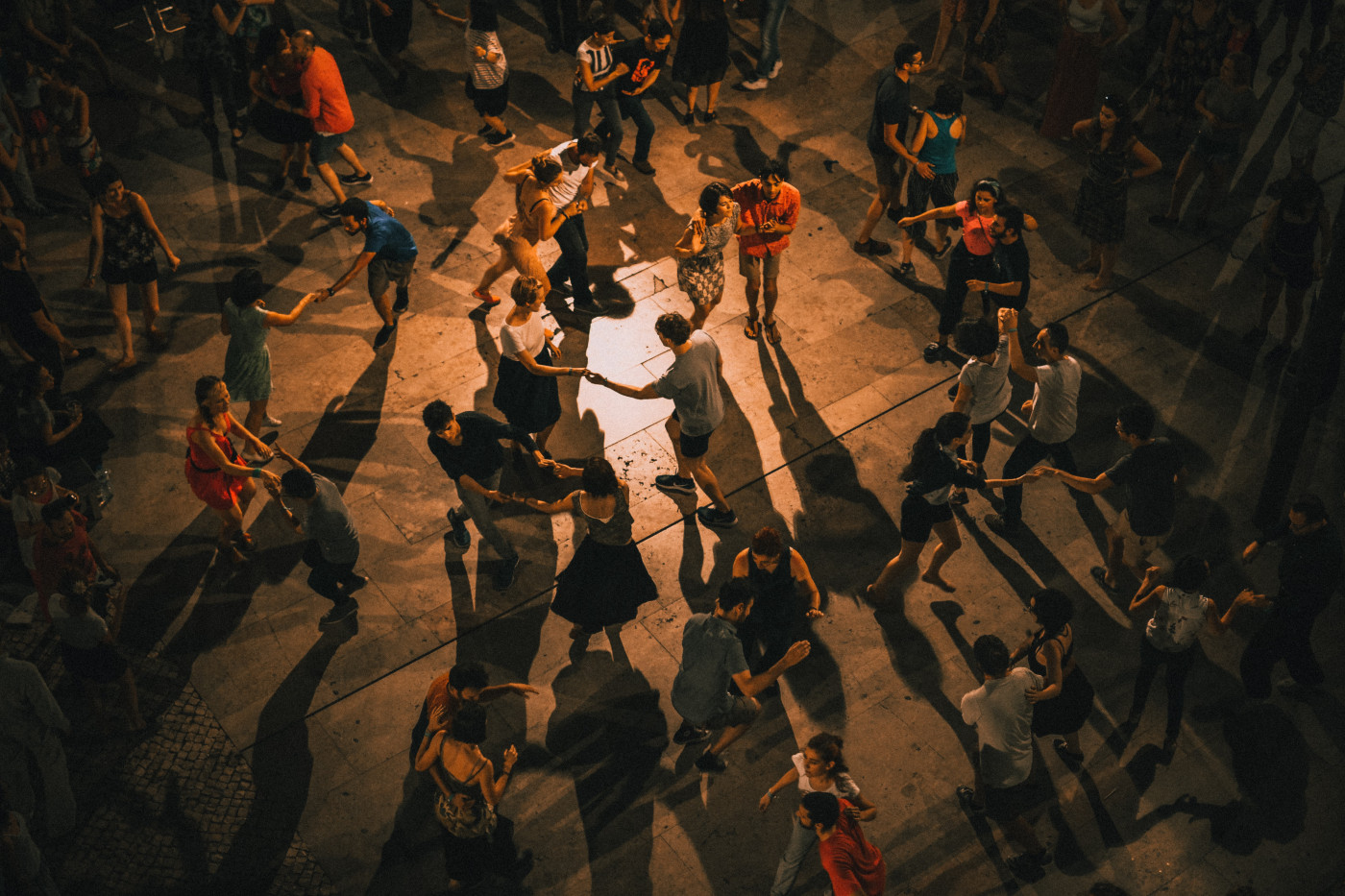Dancing May Improve Motor and Non-motor Symptoms
Written by |

Ardian Lumi/Unsplash
Training to dance to music on a weekly basis may slow the progression of both motor and non-motor symptoms of Parkinson’s disease, a three-year study has found.
Results from this pilot study suggest that dance training could be used as a strategy to slow the progression of Parkinson’s in those with mild-to-moderate disease.
“The experience of performing and being in a studio environment with dance instructors appears to provide benefits for these individuals,” Joseph DeSouza, MD, PhD, the study’s lead author, said in a press release.
The study, “Parkinson’s disease motor symptom progression slowed with multisensory dance learning over 3-years: a preliminary longitudinal investigation,” was published in Brain Sciences by researchers at York University in Canada.
Parkinson’s disease is characterized mainly by motor symptoms affecting the body’s movement. However, most people with Parkinson’s also experience non-motor symptoms, which can be disabling and result in poor quality of life.
Previous research has suggested that dance may benefit patients with Parkinson’s disease by improving their motor functions. Now, a team of researchers has looked at the effects of dance training both in motor and non-motor symptoms.
The study included 16 people (11 men and five women) with mild-to-moderate Parkinson’s disease. Their mean age was 69 years and the mean age at diagnosis was 64 years. From Oct. 2014 to Nov. 2017, they participated in weekly dance classes lasting one hour and 15 minutes.
The classes took place at Canada’s National Ballet School (NBS) and Trinity St. Paul’s church locations in Toronto. They began with live music during a seated warm-up, followed by exercises on the barre (a type of handrail fixed to a wall, typically used by ballet dancers), and ended with moving across the floor. Dancers also learned a choreography for an upcoming performance.
“Dance is so complex, it’s a multi-sensory type of environment,” said study author Karolina Bearss, PhD candidate. “It incorporates and stimulates your auditory, tactile, visual and kinesthetic senses and adds an interactive social aspect. Regular exercise does not offer these aspects. There’s so much more to dance.” Kinesthetic senses are those of position and movement of the body.
To evaluate motor and non-motor symptoms, researchers used the Movement Disorder Society Unified Parkinson’s Disease Rating Scale (MDS-UPDRS), a comprehensive four-part questionnaire that includes evaluation of non-motor aspects of daily living, motor experiences of daily living, motor examination, and motor complications.
As a control, the team also included a group of 16 people with Parkinson’s disease who did not participate in the dance classes. They were matched for sex and age to the group that took the dance classes.
Over the course of three years, those who participated in once-a-week dance classes did not experience a decline in daily motor symptoms, such as those related to speech, tremors, balance, and rigidity, compared to the control group, which translated into a slower progression of the disease.
Similarly, non-motor aspects of daily living, such as cognitive impairment, hallucinations, depression, or anxiety, showed no significant decline.
“Motor symptoms lead to further psychological issues, depression, social isolation and eventually the symptoms do get worse over time. Our study shows that training with dance and music can slow this down and improve their daily living and daily function,” DeSouza said.
The three-year study is part of a larger, 10-year project. In the future, the researchers hope “to design a solid randomized [controlled] trial which will eliminate the issue of any selection bias,” the bias introduced by the selection of individuals that may occur in small-scale studies.
The team also is interested in understanding what happens in the brain immediately before and after a dance class to know what type of neurological changes may take place.
“There may be changes in the brain that occur with dance with music, but more research is necessary,” Desouza said.
For now, the findings “indicate positive benefits of weekly training for stopping disease progression of motor and non-motor symptoms of Parkinson’s disease,” the researchers wrote.






